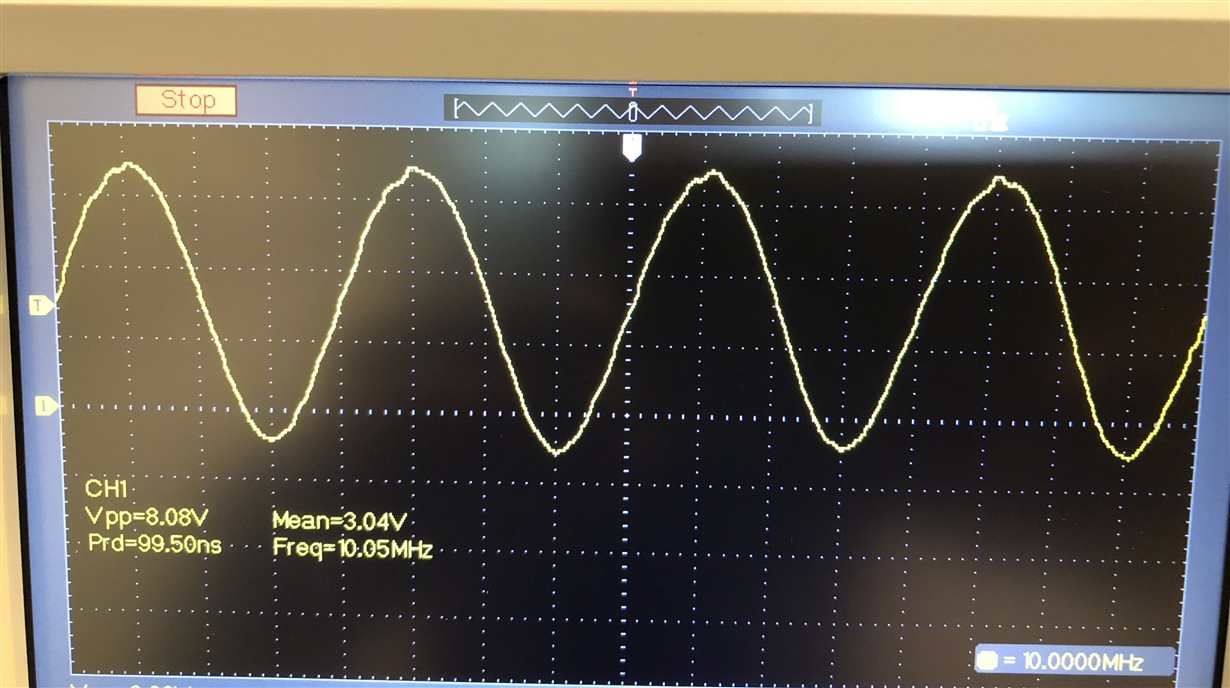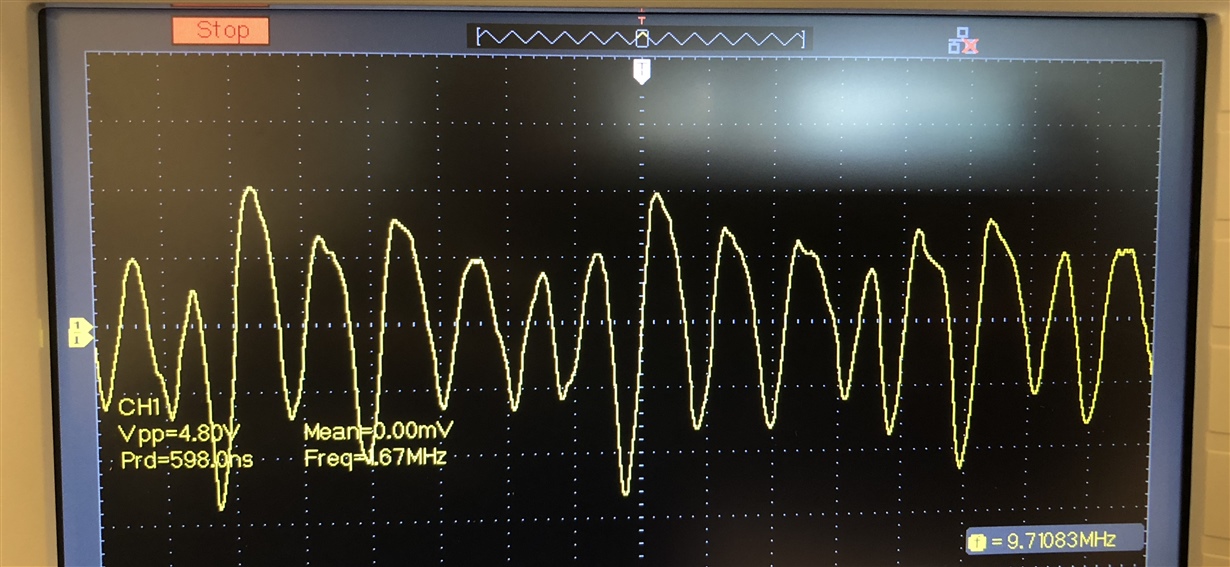Hi,
I am generating a signal at 10MHz which will drive an inductive load requiring about 80mA p-p. I am using LM7171 as a buffer. Simulation does show that LM7171 can drive the load but I am skeptical that the practical circuit will behave the same since the datasheet never mentioned inductive load. Can anyone advise on an amplifier that can drive an inductive load at that frequency?
Thank you



